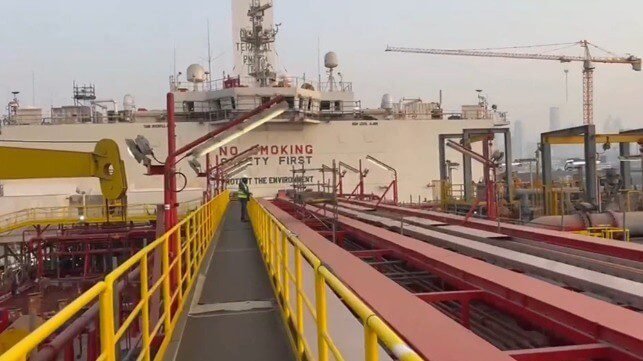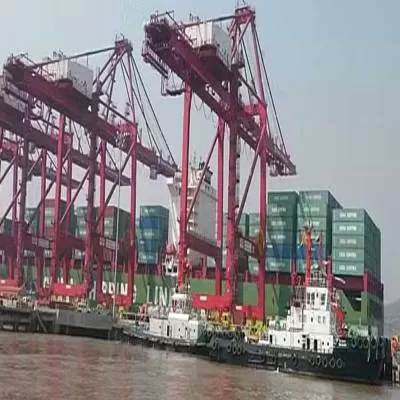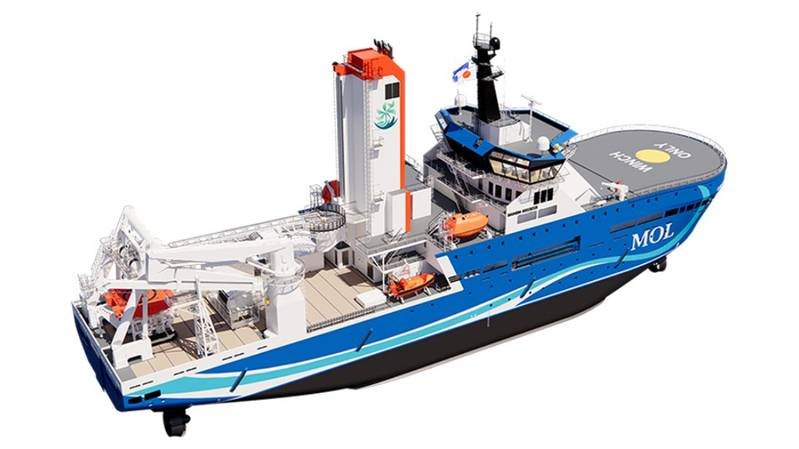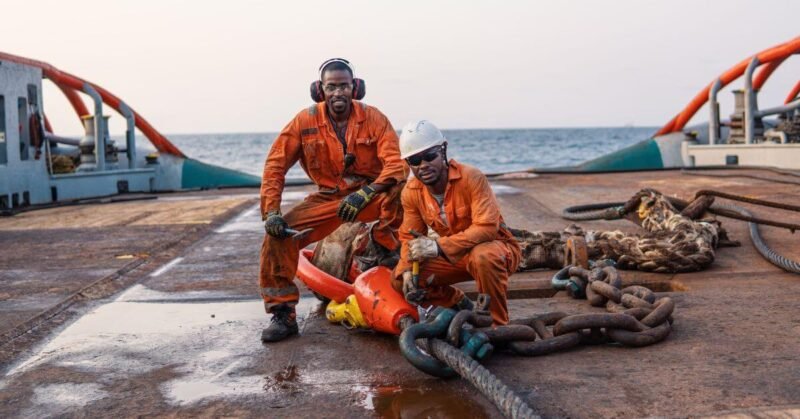ClassNK has granted approval in principle (AiP) for a 30,000 m³ LNG carrier featuring two Mark III Flex membrane tanks developed by GTT. This innovative vessel design allows for the elimination of filling limits in the ballast tanks, enhancing operational flexibility. The AiP serves as a demonstration of the feasibility of this design concept, showcasing its potential in the LNG carrier industry.
In traditional LNG carriers with membrane tanks, filing limits are often necessary to address strength assessments against sloshing loads, presenting challenges, particularly in feeder transportation. However, the LNG carrier developed by GTT introduces a unique ballast tank design with upper and lower sections. During ballasting operations, water is initially pumped into the upper ballast tanks to maintain a lower metacentric height (GM) while meeting stability requirements and reducing roll acceleration. This innovative approach effectively minimizes sloshing loads at various cargo filling levels, enabling unrestricted filling and eliminating previous limitations.
ClassNK’s assessment of the vessel design was based on part N of its ‘Rules and Guidance for the Survey and Construction of Steel Ships’, incorporating the IGC Code. After confirming compliance with the specified requirements, ClassNK issued the AiP, endorsing the feasibility of the concept. The classification society identified key conditions and parameters related to ballast tank design and ballasting operations that shipyards and operators should adhere to during the design and operation phases. ClassNK remains committed to promoting the advancement and adoption of new technologies through safety assessments and ongoing support.


















